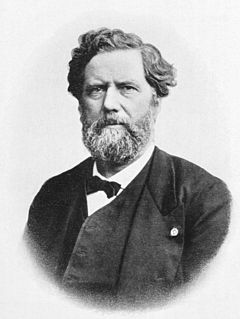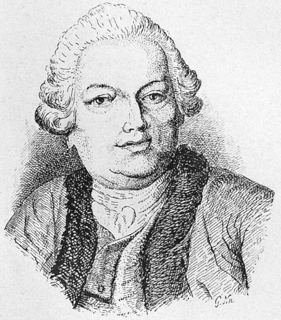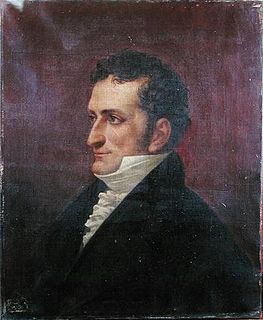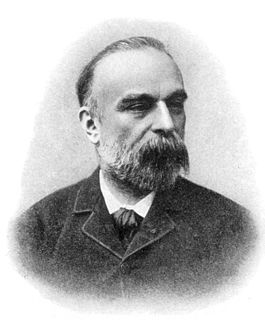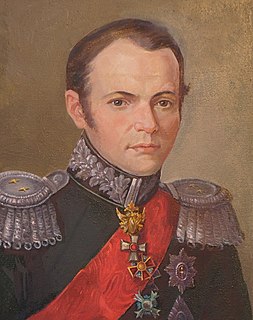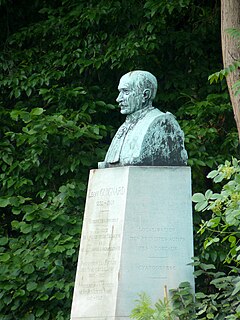Pierre Charles Huguier (4 September 1804 – 12 January 1873) was a French surgeon and gynecologist born in Sézanne. [1]

In modern medicine, a surgeon is a physician who performs surgical operations. There are also surgeons in podiatry, dentistry maxillofacial surgeon and the veterinary fields.

Sézanne is a commune in the Marne department and Grand Est region in north-eastern France. Its inhabitants are called Sézannais.
In 1834 he received his medical doctorate at Paris, and was later a surgeon at the Hôpital Beaujon. In 1835 he became an associate professor of the faculty of medicine at Paris. [1]
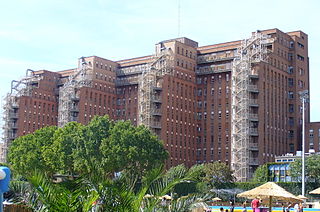
The Beaujon Hospital is located in Clichy, Paris, France and is operated by APHDP. It was named after Nicolas Beaujon, an eighteenth-century French banker. It opened in 1935 and was designed by Jean Walter.
Huguier is remembered for his pioneer work with genitourinary diseases such as lymphogranuloma venereum and uterine fibroma, with the latter disorder being formerly referred to as "Huguier's disease". [2] He provided an early description of the anastomosis around the isthmus of the uterus, which is sometimes referred to as "Huguier's circle". His name is also lent to two anatomical structures associated with the ear:

Lymphogranuloma venereum (LGV) is a sexually transmitted disease caused by the invasive serovars L1, L2, L2a, L2b or L3 of Chlamydia trachomatis.

An anastomosis is a connection or opening between two things that are normally diverging or branching, such as between blood vessels, leaf veins, or streams. Such a connection may be normal or abnormal ; it may be acquired or innate ; and it may be natural or artificial. The reestablishment of an anastomosis that had become blocked is called a reanastomosis. Anastomoses that are abnormal, whether congenital or acquired, are often called fistulas.
- "Huguier's canal", or the "anterior canaliculus of chorda tympani": A canal at the medial end of the petrotympanic fissure, through which the chorda tympani nerve exits the tympanic cavity. Also known as the "canal of Huguier", or "iter chordae anterius".
- "Huguier's sinus": or the "fossula fenestrae vestibuli": A depression on the medial wall of the middle ear which has the vestibular window in its lower portion. Also called the little fossa of the vestibular window.
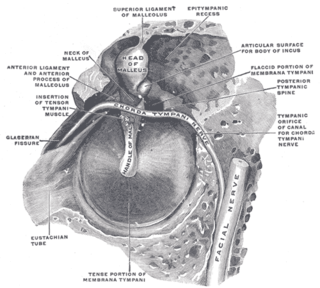
The chorda tympani is a branch of the facial nerve that originates from the taste buds in the front of the tongue, runs through the middle ear, and carries taste messages to the brain. It joins the facial nerve inside the facial canal, at the level where the facial nerve exits the skull via the stylomastoid foramen.

The petrotympanic fissure is a fissure in the temporal bone that runs from the temporomandibular joint to the tympanic cavity.

The tympanic cavity is a small cavity surrounding the bones of the middle ear. Within it sit the ossicles, three small bones that transmit vibrations used in the detection of sound.
He is also credited with development of a specialized hysterometer (uterine sound). [1]




